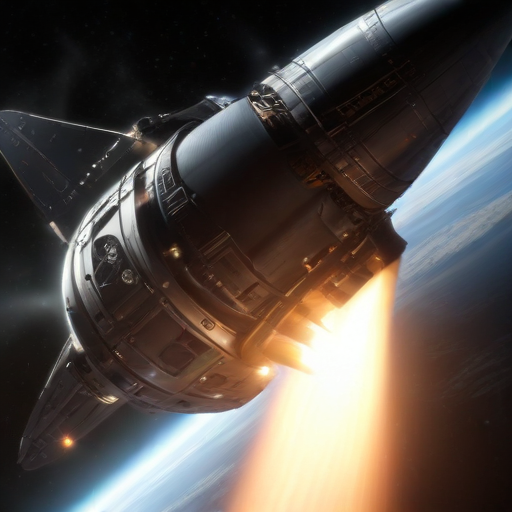The crew of the Boeing CST-100 Starliner received promising news regarding their anticipated return to Earth. Recent ground testing of the spacecraft’s thrusters, which have left it in orbit since early June, has been successfully completed. This key milestone paves the way for Boeing and NASA to start strategizing the spacecraft’s homecoming.
According to an update shared last week, ground tests of the Starliner Reaction Control System (RCS) thruster were conducted at the White Sands Test Facility in New Mexico. These tests aimed to analyze any degradation of the thrusters, offering insight into why some were rendered inoperable during the flight and assessing the ramifications of reinstating those thrusters for the upcoming crew flight.
Some thrusters were deemed “de-selected” due to difficulties with the helium tanks, which experienced leaks both prior to and during launch, subsequently causing several delays. While the Starliner has a substantial reserve of helium—70 hours’ worth, despite only needing seven—officials mentioned that although the spacecraft could technically return at any moment, they prefer to wait until full readiness is confirmed.
NASA and Boeing indicated that a return flight could happen as soon as the end of this month, however, the timeline now appears more flexible. They will proceed with disassembling and inspecting the thrusters, laying the groundwork for final evaluations that ensure the Starliner is fully prepared for its return to Earth with commander Butch Wilmore and pilot Suni Williams in the coming weeks.
This situation illustrates the complexity of space travel and the meticulous steps required in ensuring safety and success. Although the Starliner has faced challenges, the progress made in testing indicates a commitment to overcoming obstacles and achieving successful missions in the future. With each step taken, the path to space exploration remains hopeful and full of possibilities.
